Media | Articles
Ford returning to F1, McLaren to replace 720S, electric Volvo semi finally delivers oranges
Ford poised for F1 return
Intake: The Blue Oval will once more appear on the flanks of a Formula 1 car. A deal was announced today that will see the Ford badge on Red Bull powertrains, in which Ford will partner on the development of the next-gen hybrid power unit that will supply engines to both Oracle Red Bull Racing and Scuderia AlphaTauri teams from 2026 to at least 2030.
“Ford is returning to the pinnacle of the sport, bringing Ford’s long tradition of innovation, sustainability and electrification to one of the world’s most visible stages,” said executive chairman Bill Ford.
Likely the arrangement would be similar to the one Ford made when it first entered the sport by investing £100,000 in Cosworth, and which would fund the most successful F1 engine of all time—the Ford Cosworth DFV. That deal, brokered by Colin Chapman, originally saw the engine only available to Lotus, but it was soon offered to the likes of Matra, Tyrrell, McLaren, Williams and Brabham, who all won World Championships with Ford power. Red Bull Powertrains is, technically, independent from the F1 team so it is conceivable that the Ford badge could once again adorn multiple Grand Prix challengers.
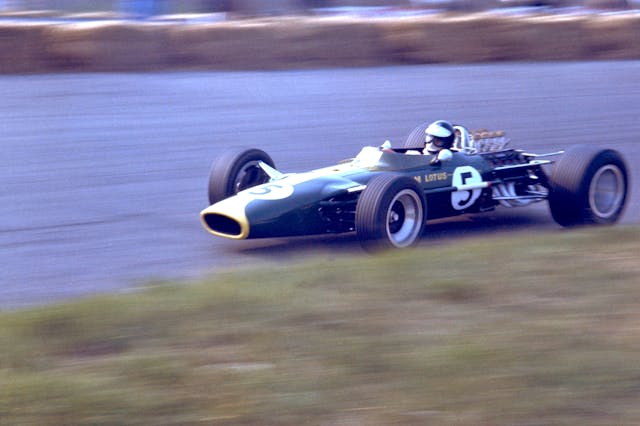
If Andretti succeeds in getting a place on the grid in 2026 with Cadillac, which is when the Ford deal starts, then it will be the first time GM and Ford have gone head to head in F1. F1’s management hailed the announcement: Said FIA President Mohammed Ben Sulayem, “There are few manufacturers who have such a celebrated motor sport history as Ford, so to see them coming back to the FIA Formula One World Championship is excellent news.”
Exhaust: Ford’s most recent foray into Formula 1 was rather costly. Having bankrolled Stewart Grand Prix in 1996, which rebranded as Jaguar Racing for the 2000 season, the highest position achieved by a Ford-funded car was second place. In 2004 Ford pulled out and the team was sold … to Red Bull. —Nik Berg
Marketplace
Buy and sell classics with confidence
McLaren 750S to replace 720S for 2024

Intake: McLaren is expected to replace the 720S with a new model in September, Automotive News reports. Currently known as 750S internally, the new model will use much of the 720S’s underpinnings and its engine will still be a 4.0-liter twin-turbo V-8, but the rumor is that the new car will receive a 30-hp bump to 740 hp. Expect styling to change up front, in line with current McLaren design language. Automotive News also expects aero aids to help bridge the performance gap with the various versions of the 765. We can plan on seeing both coupe and roadster versions debut simultaneously, a change for McLaren, which usually staggers the convertible variant to launch much later than its coupe counterpart.
Exhaust: Despite the fact that much of McLaren’s lineup uses the same carbon-fiber monocoque and V-8 engine architecture, the brand has managed to create models that drive differently. We’re sure that the 720S’s replacement will raise the bar even higher, and the newer models from the brand have been stunning. We’re expecting to like what we see when this car debuts later this year. —NB
An electric Volvo semi delivers its load of oranges, finally
Intake: It took a week when it normally would have taken four days in a diesel truck, but an electric-powered Volvo semi owned by Swiss logistics company Krummen Kerzers picked up 20 tons of oranges and delivered them, then returned to the terminal—a 3000-km trip (1864 miles). Since there is no infrastructure for charging big trucks on the route, driver Balint Schnell had to recharge at car recharging stations, while also having to obey laws regarding the length you can drive without rest, stopping about 20 times total, says Electrek.
Exhaust: That’s the longest trip for a loaded semi on record, but we’re sure Elon Musk has that record in his sights when his electric semis hit the road. But it demonstrates two things: An electric semi can deliver a distant load, and that Balint Schnell is a very patient man. And it kind of raises a chicken-and-egg question: What comes first, the trucks or their charging stations? —Steven Cole Smith
Netflix, GM, and Will Ferrell kick off partnership at Super Bowl
Intake: The Hollywood Reporter says that comedian Will Ferrell will pop in and out of a 60-second Super Bowl commercial driving several GM electric vehicles in clips of shows from its marketing partner, Netflix. He’ll appear in tiny versions of Squid Game, Bridgerton and Queer Eye, and the film Army of the Dead as a preview of the GM electrics’ appearance on those shows, featuring the GMC Hummer EV pickup and Sierra Denali EV, Chevrolet Blazer and Silverado EVs, and Cadillac Lyriq.
Exhaust: The deal is being called a “strategic alliance,” and the tagline for the campaign is, “Let’s give EVs the stage they deserve.” If there was any doubt OEMs are putting enormous dollars into marketing their new EVs, the cost of Super Bowl advertising should put that to rest. —SCS
Tickets on sale for NASCAR’s street race, and they aren’t cheap
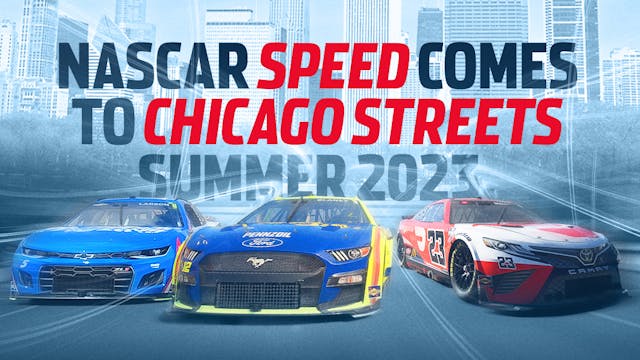
Intake: NASCAR goes street racing on the roads of Chicago July 1–2 for the first time in the sanctioning body’s history. General admission tickets will cost $269 for two-day admission, and reserved seats start at $465. Taking a page from Circuit of the America’s concert and race promotions, full-length concerts are included in the price from artists The Chainsmokers, Miranda Lambert, The Black Crowes and Charley Crockett. Some of the reserved seating packages are already sold out, so NASCAR suggests you move quickly.
Exhaust: At least it’s cheaper than the F1 race in Las Vegas, where ticket prices ranged from $500 for 3-day general admission access to $2500 for the most expensive grandstand tickets when they went on sale in November. —SCS
Matchbox celebrates 70 with special diecast

Intake: Matchbox diecast is celebrating its 70th anniversary. In 1953, Jack Odell, an English engineer and vehicle mechanic for the British Army in WWII, disrupted the toy vehicle business by introducing small scale, affordable diecast cars, produced in mass quantities. To commemorate the platinum anniversary, the brand is producing a line of limited-edition vehicles that features special platinum details. A portion of the metallic collection will be made from recycled zinc. More announcements on future 70th-anniversary plans to come later this year, in July 2023.
Exhaust: Between Mattel’s two toy car makers, Matchbox has always been more serious than Hot Wheels, with a commitment to overall realness and detail. (Hot Wheels is more raw speed and emotion.) Given its straitlaced reputation, it’s good to see that the Matchbox brand planned to cut loose for its 70th anniversary. And the promise of future announcements surrounding the milestone has our interest piqued. We’ve seen a wild variety of vehicles in the press photos already—a Porsche 910, a Jaguar D-Type racer, an MGB GT, and a Routemaster bus. What other special editions will grace supermarket pegs? We wait with bated breath. —Cameron Neveu


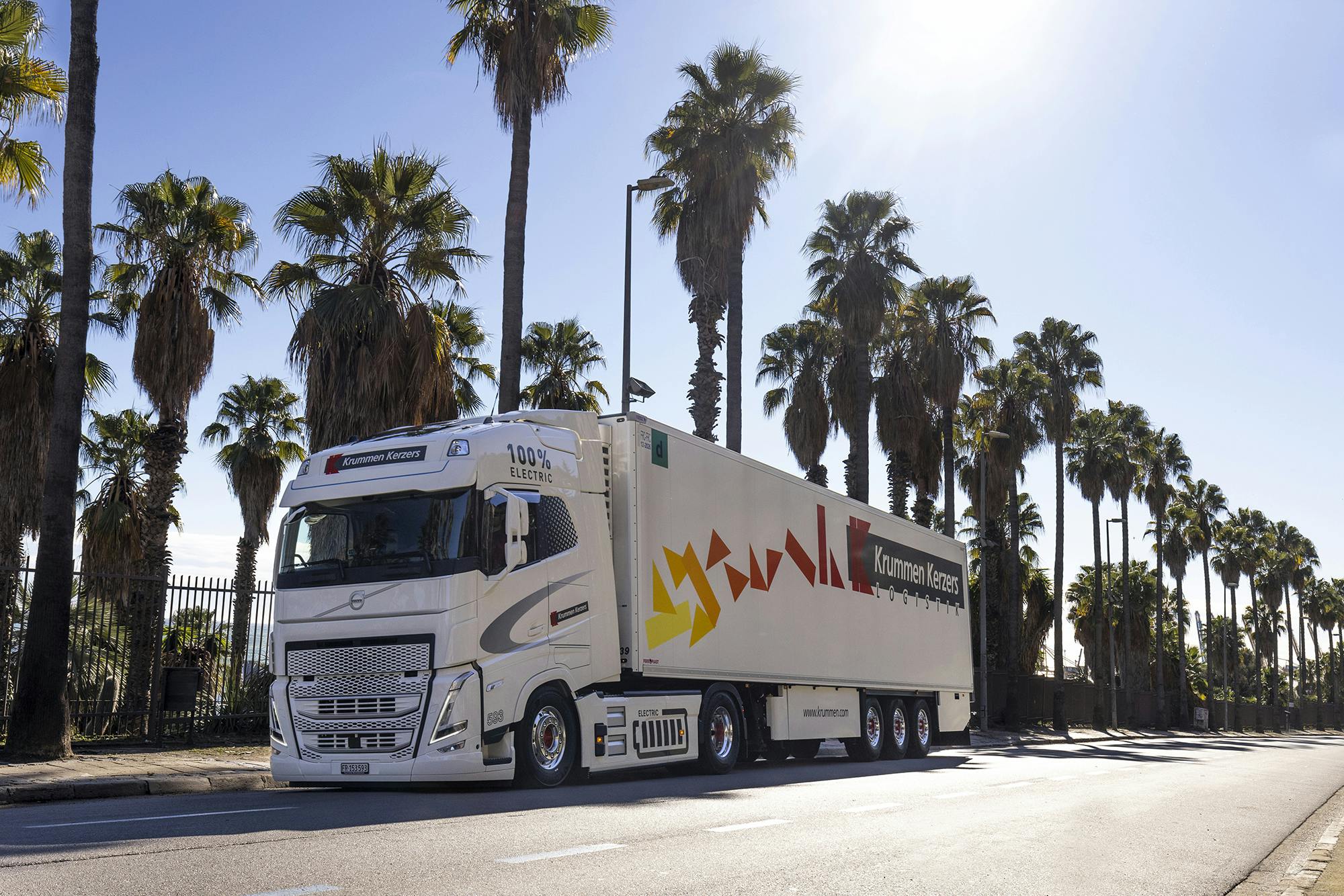
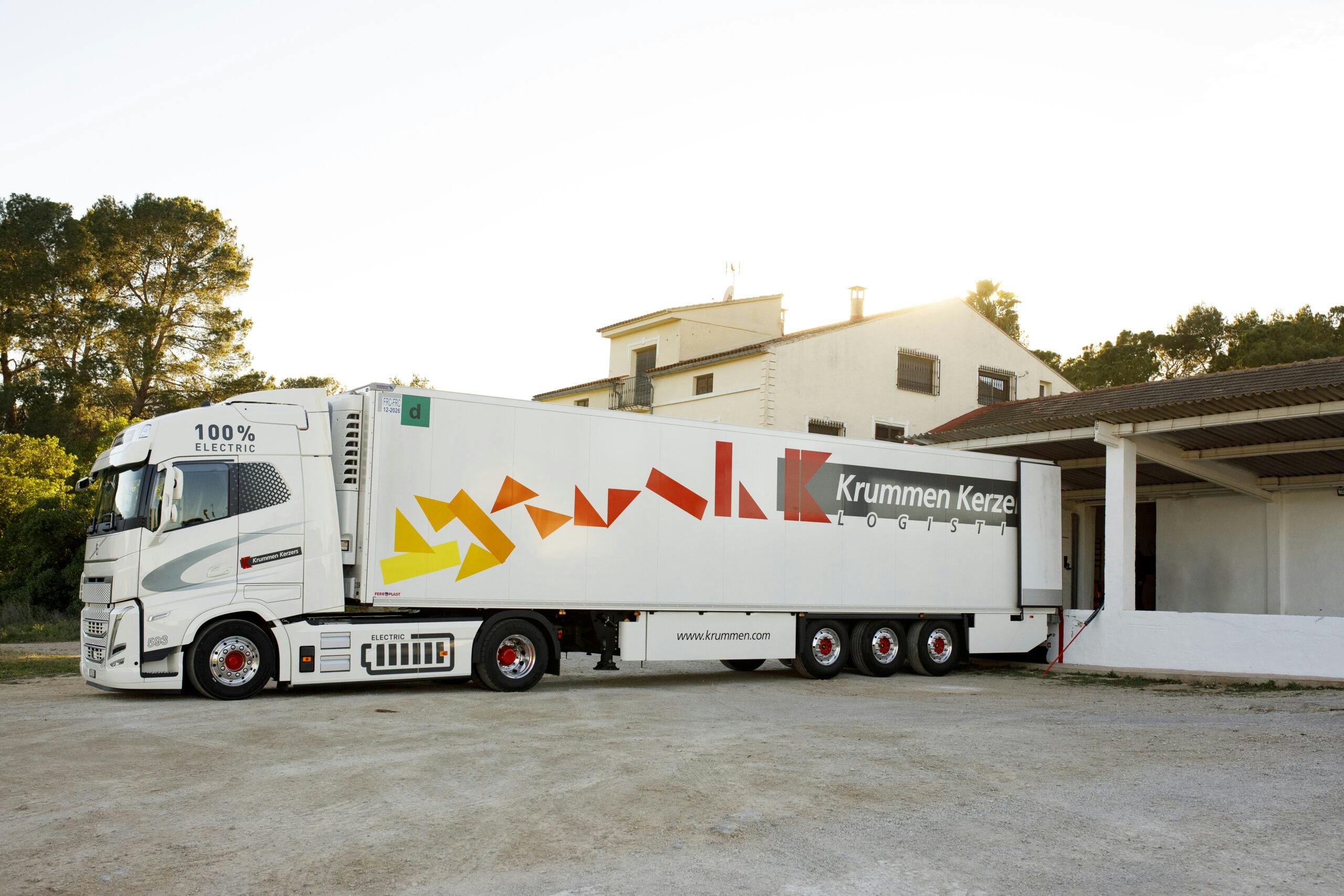












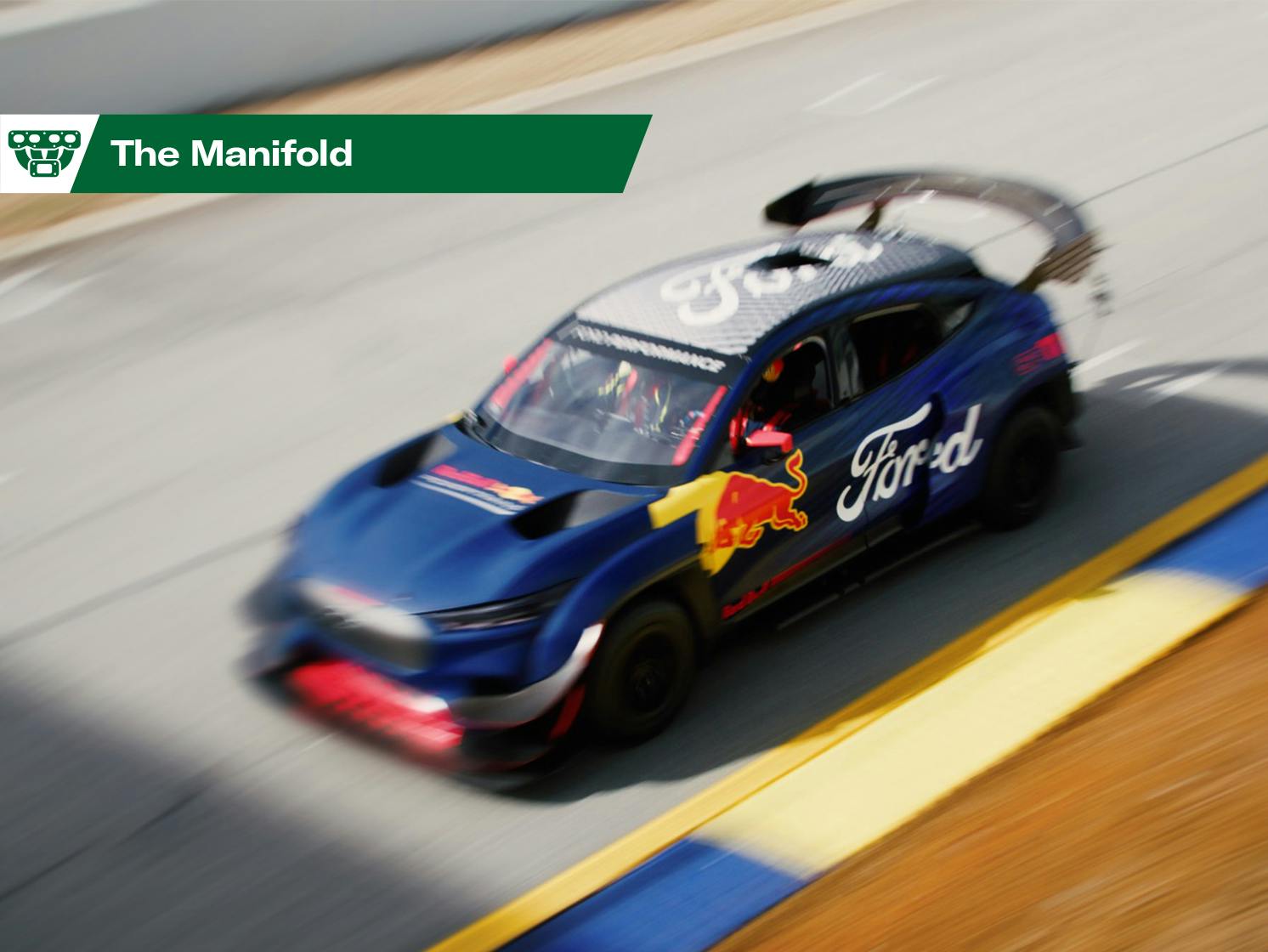
Stewart Ford won 1 GP at Nurburgring in 1999!
The matchbox cars are kind of interesting.
Am I the only one who catches the irony of the orange-delivering truck driver’s name being Schnell?
Chuck, Was his first name Mach?
Not the only one!
Do the battery packs add weight over the diesel engine and drive line? Added weight of the truck means less cargo. That is unless the government makes a gross weight and/or axle weight concessions which will increase wear on our roadways meaning added maintenance.
So the rig drove back to the terminal empty? That’s bad logistics.
Trains (which can be electric too…) make a lot of sense and just use the EV rigs for the short connections. Intermodal transport isn’t a new idea.
Until the charger network matches up with required rest stop times (and doesn’t require more stops than legal rests insist upon) this is either an increased cost, loss of income to truckers or both. Plus the product is spending more time in the truck which is fine for napkins, not so good for food.